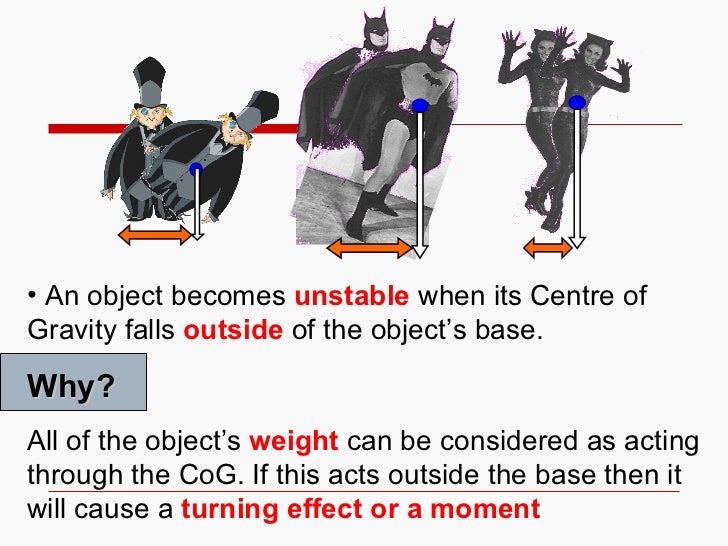

Calculate the angle of this inclined plane. We could use a protractor to get a good estimate of this angle but we can also calculate what the angle is because we know that gravity is 9.8 m/s 2. To determine the actual acceleration due to gravity, you would need to know the angle of the incline. We sort of diluted gravity by letting the device fall down the inclined plane.
Physics gravity lab report free#
The acceleration should be less than the acceleration due to gravity since the device was not in free fall.If you use the data tool, you can click and drag over the region of interest and the symbol “s” will tell you the slope of the line. Determine the acceleration of the device from the velocity-time graph. After I stopped pushing on the device, it started moving with a constant acceleration.Identify the portion of the graphs where I was pushing on the device. Identify the location on both graphs where the IOLab device returned to where it started at the bottom of the inclined plane. Identify the location on both graphs where the IOLab device reached its highest point/turning point. Use the zoom tool to get a good view of the position-time graph and the velocity-time graph. This data set is called “Inclined Plane”. You can access this data through the IOLab repository.View the following video to watch this experiment: For this part we are going to push the IOLab device up an inclined plane and allow it to roll back down to where it started.Part 2: Acceleration on an inclined plane You should now get a height that is closer to your actual height. Then calculate your height again using this new time. Now subtract your reaction time T R from the time you measured with the stopwatch T 1.Like you did in step 2, you can use the constant acceleration model to use the distance the ruler fell to determine your reaction time. Use the distance that the ruler fell to determine your reaction time.This will give you a less accurate reaction time measurement. If you do this on your own, you will know the moment when you release it and you will be prepared to catch it sooner. To get the most accurate reaction time measurement, it is important that you don’t know exactly the moment when your helper releases the ruler. Tell your helper to release the ruler as you prepare to catch it. Have your helper hold the ruler just above your hand as shown in Figure 1. This also works best if you can find someone to help you with this part. Now you will measure your reaction time.The result should be close to your actual height. Since the pencil is undergoing constant acceleration, you can use the constant acceleration model you learned in Lessons 7 and 8 to determine the distance that the pencil fell.We will call the time interval during which the pencil falls T 1. Your “reaction time” will create some error in your measurements. The difficult part will be pressing start and stop on the stopwatch at exactly the moment you release the pencil and the moment it strikes the floor since the time interval of the fall is less than 1 second. To do this, simply hold the pencil by the top of your head and allow it to fall to the floor. In this part, you will use a stopwatch and a pencil to measure your height.Considering pendulums, their practical value is apparent since they are used as parts of clocks, metronomes, and seismometers.2 Acceleration due to Gravity Part 1: Measure your height For example, the power of gravity allows artificial satellites to orbit around Earth without falling as their mass is calculated regarding acceleration due to gravity. If materials of different weights, size, or shape had been used in the performed lab exercise, the results would still be the same because the physical force of gravity is constant for all falling objects.Īnother significant aspect of this lab exercise is that it was not merely an academic exercise because the concept of acceleration due to gravity is highly applicable in practice. As acceleration due to gravity is the physical constant, it does not matter what shape and size are the falling objects (any other thing could be used instead of the paper strip), and thus both methods give the same result, despite that the input data differs. It is also highly important to emphasize why the same quantity derived from two different activities.


 0 kommentar(er)
0 kommentar(er)
